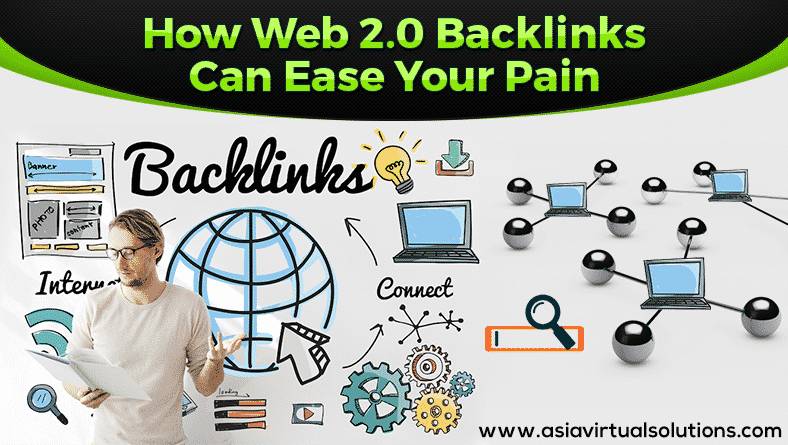In the fast-paced world of digital marketing, standing out in search engine results feels like sprinting through a crowded marathon. Among the myriad strategies available, one method quietly endures: Web 2.0 backlinks. While some marketers dismiss them as outdated, when executed with precision, they can still fortify your website’s authority without raising red flags.
Why Web 2.0 Backlinks Matter Today
Backlinks have long served as endorsements in the eyes of search engines. A backlink from a trusted site signals credibility, nudging your content higher in rankings. Web 2.0 platforms offer a unique twist: you get to own a mini-site or blog where you control content while linking strategically to your main site. The advantage? Flexibility paired with authority, especially when you target platforms with high domain scores.
Building Web 2.0 Backlinks the Safe Way
Creating links on Web 2.0 platforms requires tact. Instead of mass-producing low-quality blogs, focus on crafting informative, engaging posts that naturally include your link. Here’s a step-by-step approach:
- Select High-Authority Platforms: Choose sites that search engines trust.
- Develop Original Content: Avoid plagiarism or spinning. Use rich media, visuals, and unique insights.
- Place Links Naturally: Embed your links where they complement the content, rather than forcing them.
- Maintain Activity: Regularly update your mini-sites to demonstrate engagement and relevance.
- Diversify Anchor Text: Use different variations to prevent patterns that might appear manipulative.
Top Web 2.0 Platforms for Backlinks
Certain Web 2.0 platforms are widely recognized for their authority, making them ideal for link-building campaigns:
- WordPress.com – Offers customizable blogs and strong domain authority.
- Blogger.com – Google-owned platform, excellent for indexing.
- Wix.com – User-friendly editor with growing domain credibility.
- Weebly.com – Simple drag-and-drop system and high trust metrics.
- Tumblr.com – Social blogging with viral potential.
- Medium.com – Ideal for long-form, valuable content that attracts readers naturally.
Example of a Web 2.0 Backlink
Imagine publishing a detailed article on Medium about the latest SEO strategies. Within the post, you naturally reference your website with an embedded link to a related guide. This creates a Web 2.0 backlink that is both organic and contextually relevant.
Are Web 2.0 Backlinks Worth It Today?
The debate around their efficacy persists. While they no longer carry the same explosive ranking power they once did, they remain a low-risk strategy for enhancing your backlink profile. The key is relevance, consistency, and quality. Randomly created blogs or spammy links can backfire, but well-maintained Web 2.0 properties can reinforce your site’s authority and diversify your link profile.
In conclusion, while newer SEO trends often capture the spotlight, Web 2.0 backlinks quietly persist as a viable, safe strategy. By curating content thoughtfully, targeting high-authority platforms, and integrating links naturally, you can harness their potential without falling into outdated practices.
